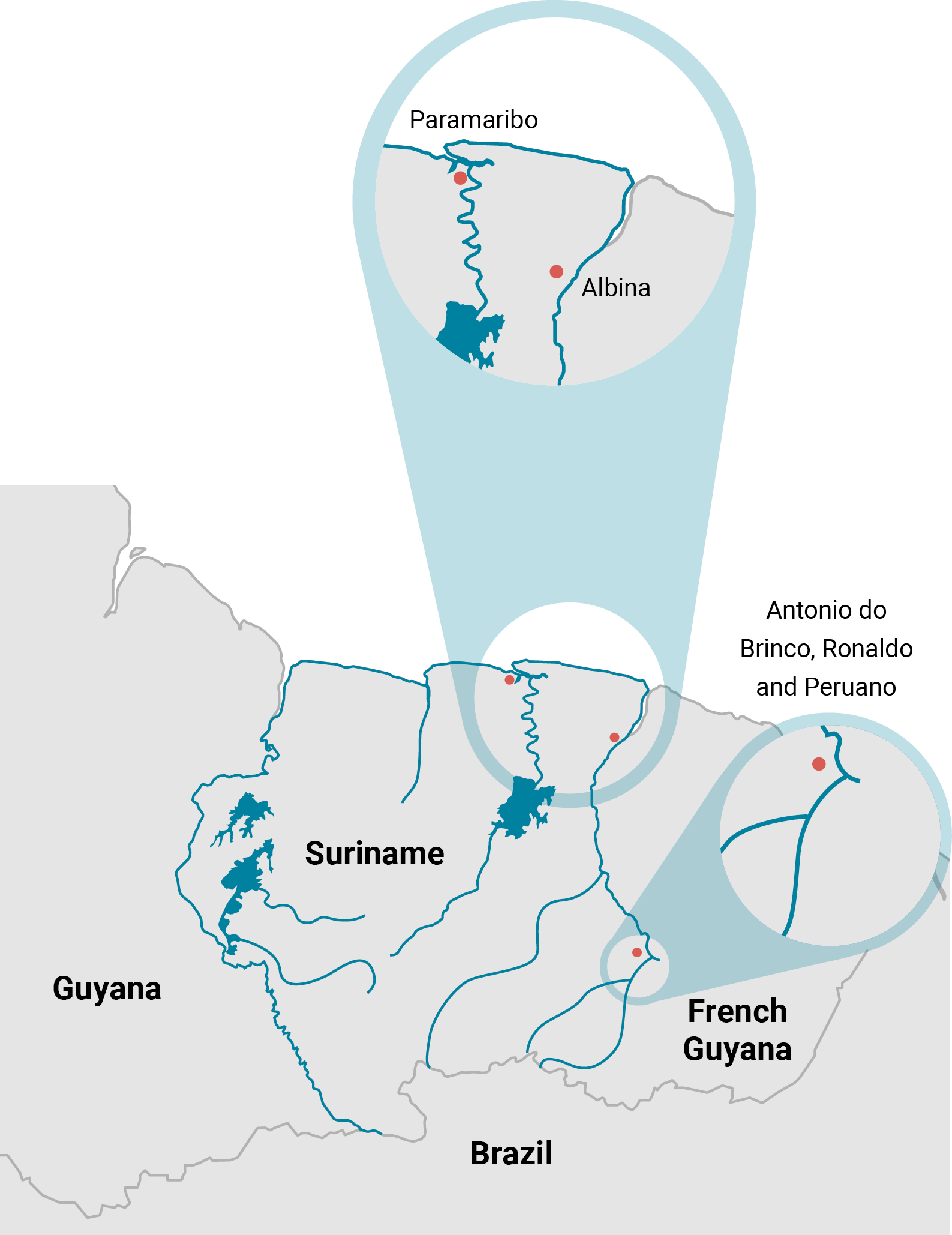
Evaluation of the impact and potential further development of the Malakit – a malaria self-diagnosis and treatment kit – in remote and
hard-to-reach populations
Why this project?
National and regional efforts to eliminate malaria in the Guiana Shield (Suriname, Brazil and French Guiana) have led to a significant reduction in the disease in the last decade.
However, some remote and hard-to-reach populations in the region remain susceptible to malaria. These populations include gold miners and migrants within and along the border areas of Suriname, who illegally mine gold in remote regions of the Amazon rainforest. These groups remain at risk of developing drug resistance as a consequence of incorrect self-diagnosis and under-the-counter medication. They also therefore risk spreading malaria in previously controlled areas.
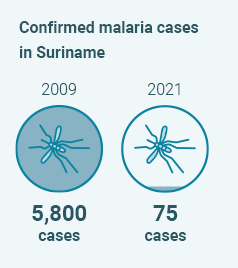
Barriers to correct treatment in at-risk groups:

The ability to reach these groups and encourage adherence to malaria diagnosis and treatment plays a crucial part in eliminating malaria in the region and ensuring that no drug-resistant strains develop.
To make adherence to Malaria diagnosis and treatment more accessible, the Centre Hospitalier de Cayenne in French Guiana, in collaboration with the Foundation for scientific research (SWOS) in Suriname and the Foundation Oswaldo Cruz (Brazil), developed a simple and effective detection and treatment kit, called the Malakit. The introduction of the kit was part of the Malakit Project, whose aim is to evaluate this innovative malaria control strategy among illegal gold miners in French Guiana.
What is the Malakit?
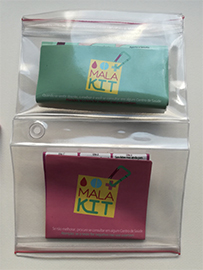
The Malakit comprises a lightweight, waterproof, easy-to-transport plastic pouch containing three malaria rapid diagnostic tests and a full course of antimalarial treatment. The kit therefore contains all the equipment and resources needed to handle an episode of malaria, alone in an isolated location.
The kit was first tested between 2018 and 2020 along the Guiana Shield border regions. First results of this tri-national pilot showed that:

These encouraging results have prompted new research into how to enhance the effectiveness of the Malakit before deploying it in a wider population.
The aim
Increased and more efficient use of the Malakit is a vital step towards eliminating malaria in the region, and preventing the development of drug-resistant strains.
This project, co-supported by The Special Programme for Research and Training in Tropical Diseases (TDR), aims to ensure that:
- The importance of the Malakit is understood by the mobile gold mining population
- The Malakit is used correctly and consistently by this group

Objectives
The objectives of the research project are:
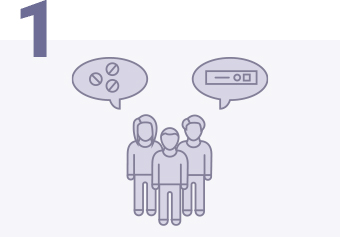
To understand the current behaviours and perceptions around malaria detection, treatment and drug resistance among the target populations, and to improve their knowledge of these topics.
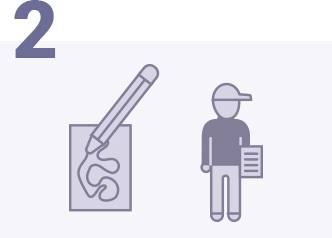
To tailor existing training tools for facilitators/ community health care workers and generate new material that is better suited to meet the needs of these populations.
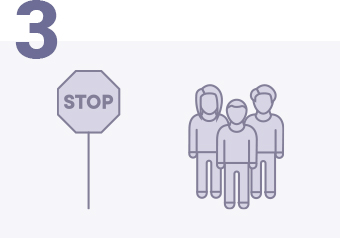
To identify and address challenges in distributing the Malakit and establish an implementation basis to optimise its use in the future.
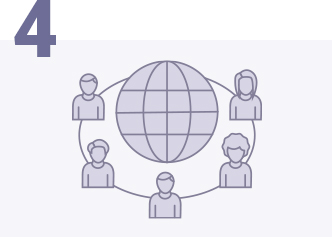
To continue to build sub-regional and global networks that facilitate communication and collaboration in managing and eliminating residual malaria in the region.
The research sites
There are three main sites where the National Malaria Programme of Suriname is being implemented and where this research project is being conducted:
- Albina
- Paramaribo
- Antonio do Brinco,
Ronaldo and Peruano
These are so-called "resting sites" for mobile gold-mine workers. They include shops, hotels and bars built atop wooden stilts where miners can purchase logistical equipment, rest and sell gold. When within these "resting sites", their status is no longer illegal and they are in a better position to seek the health care services they need.
